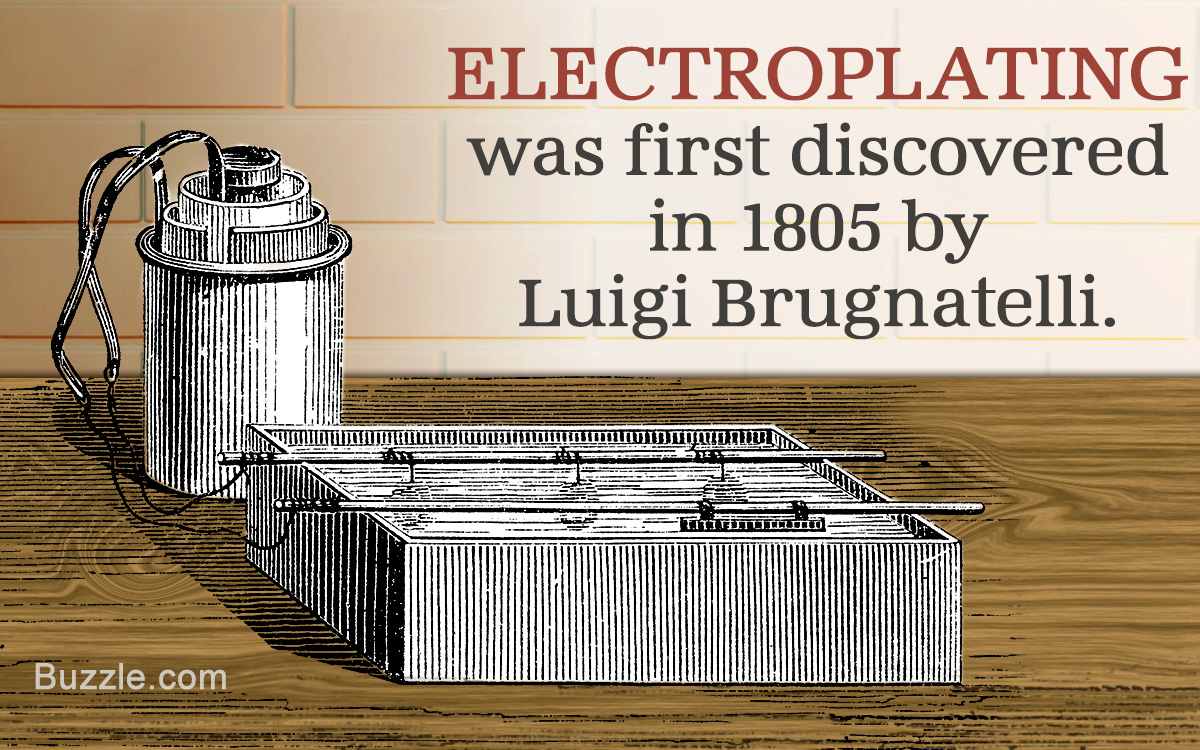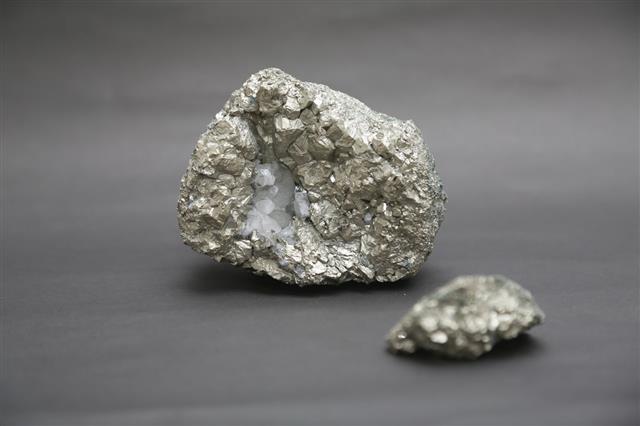
Zinc electroplating is the most commonly used process for coating metals in order to provide protection against corrosion. This article describes the steps involved in the zinc electroplating process.
Zinc electroplating is one of the most popular methods that is used all around for the purpose of electroplating. It is a very cost-effective process, and is mostly used to provide a protective coating to metallic substances such as nuts, bolts, fasteners, automotive parts, and many other hardware items. Besides this benefit, the use of zinc also improves the overall appearance of the metals, by giving them a variety of colors, a clean look, brightness, and a nice glowing shine.
Let’s see in some detail what electroplating actually is, and then have a look at the steps that are involved in the process of zinc electroplating.
What is Electroplating?

Electroplating is the process of coating one metal over another by using electricity, mainly done to provide protection from corrosion. Using the electroplating process enables to change the chemical and physical properties of a metal. Electroplating is done by the process of electrodeposition, and involves the formation of an electrolytic cell consisting of the cathode (the object to be plated) and the anode (the metal used for plating), immersed in an electrolytic solution. The object to be plated and the metal are dipped into the aqueous solution containing the metal ions. When direct current is applied to the aqueous solution, the metal at the anode begins to dissolve, and the free metal ions reach the cathode to form a thin layer of coating on the object. The object to be electroplated is also called a substrate. Zinc is mostly used to provide electroplating to steel or iron material, although many other metals can also be electroplated using zinc.
The zinc electroplating process involves formation of an electrolytic cell consisting of two metals that form the electrodes, and passing electric current to the electrolyte. While zinc forms the anode, the metal (like steel) to be electroplated forms the cathode. When an electric current is passed through the aqueous solution, the zinc ions travel through the aqueous solution and attach themselves to the surface of the substrate, forming a thin plate. Zinc plating is done in a variety of aqueous solutions, like alkaline cyanide, alkaline non-cyanide, or acid chloride salt solutions.
Zinc Electroplating Steps
Although the process may vary depending on the requirements, substrate, cost, and the type of finish desired, at a commercial level, it usually involves the following major steps:
Step 1
Cleaning of the substrate is done in order to remove any dirt, rust, oil, etc., from the surface. An alkaline detergent is used to clean the surface to ensure the zinc electroplating is of good quality, and the plating remains intact for a long period of time. Improper cleaning usually results in a variety of plating defects like peeling or blistering over a period of time.
The process of cleaning an object involves two steps: alkaline bath and electrocleaning. Soaking the metal in an alkaline bath for 5 – 10 minutes, at about 150° F is usually enough to get rid of most of the soil and dirt. After this, the parts are cleaned further in an electrocleaner. An electric charge is applied to the metal either at its cathode or anode end, which results in the release of oxygen or hydrogen from the solution, cleaning the parts at a micro level. The time and temperature factors are much the same as for the alkaline soak process.
Step 2
Activation or pickling of the metal involves removal of oxides and scales from the surface by using various acid solutions. These layers of oxides and scales are formed on the metal surface during their manufacturing, or while storage and handling. Pickling is commonly done using acids like sulfuric acid or hydrochloric acid. The type of metal and the thickness of the scales present on the metal decide the type of acid, the dipping time, and the temperature required for activation process.
Step 3
Proper cleaning and activation of the parts ensure that they are ready for zinc electroplating. The metal parts are first washed using water, followed by placing them into an aqueous solution, like alkaline cyanide. Then, a direct current (DC) is applied at the anode for a fixed amount of time. This results into the deposition of zinc ions at the cathode, i.e. the metal surface. For achieving uniform electroplating, it is necessary that the anode and the cathode are positioned suitably into the aqueous solution, and the current flows uniformly over the entire area of the metal surface. If the current flow is not uniform, it will lead to thicker layers of zinc plating over the areas receiving more amount of current, while forming thinner layers over the recesses.
A variety of chemical agents are used along with zinc electroplating in order to achieve the desired chemical and physical properties of the final product. The properties can be altered by suitable variations in the chemical agent being used, duration of soaking, electric charge applied, and the time and temperature factors.
Step 4
The general rule is to rinse the parts with water after every step of the electroplating process. After the metal has been electroplated, it is washed in a water container to remove any contamination of the surface, followed by drying. In case of more contamination, water rinsing may be done multiple times. The parts are either cleaned in a rinsing tank or under running water, depending on the level of contamination and the extent to which the surface needs to be diluted in order to remove the contamination.
Pros and Cons of Zinc Electroplating
✔ The main advantages of zinc electroplating are its cost-effectiveness and ease of application. Zinc electroplating provides a decorative finish to metals and can be applied in a variety of colors. It can also be used as an undercoat for paints. It prevents the formation of white rust for a long period of time, and has excellent ductile and adhesive properties.
✘ Its few limitations include its lack of durability in sea water, and its inability to form a uniform thickness due to the shape of the metal being electroplated. It easily forms a coating over the external parts of the metal, but is not easily attached in the internal areas of the object.
